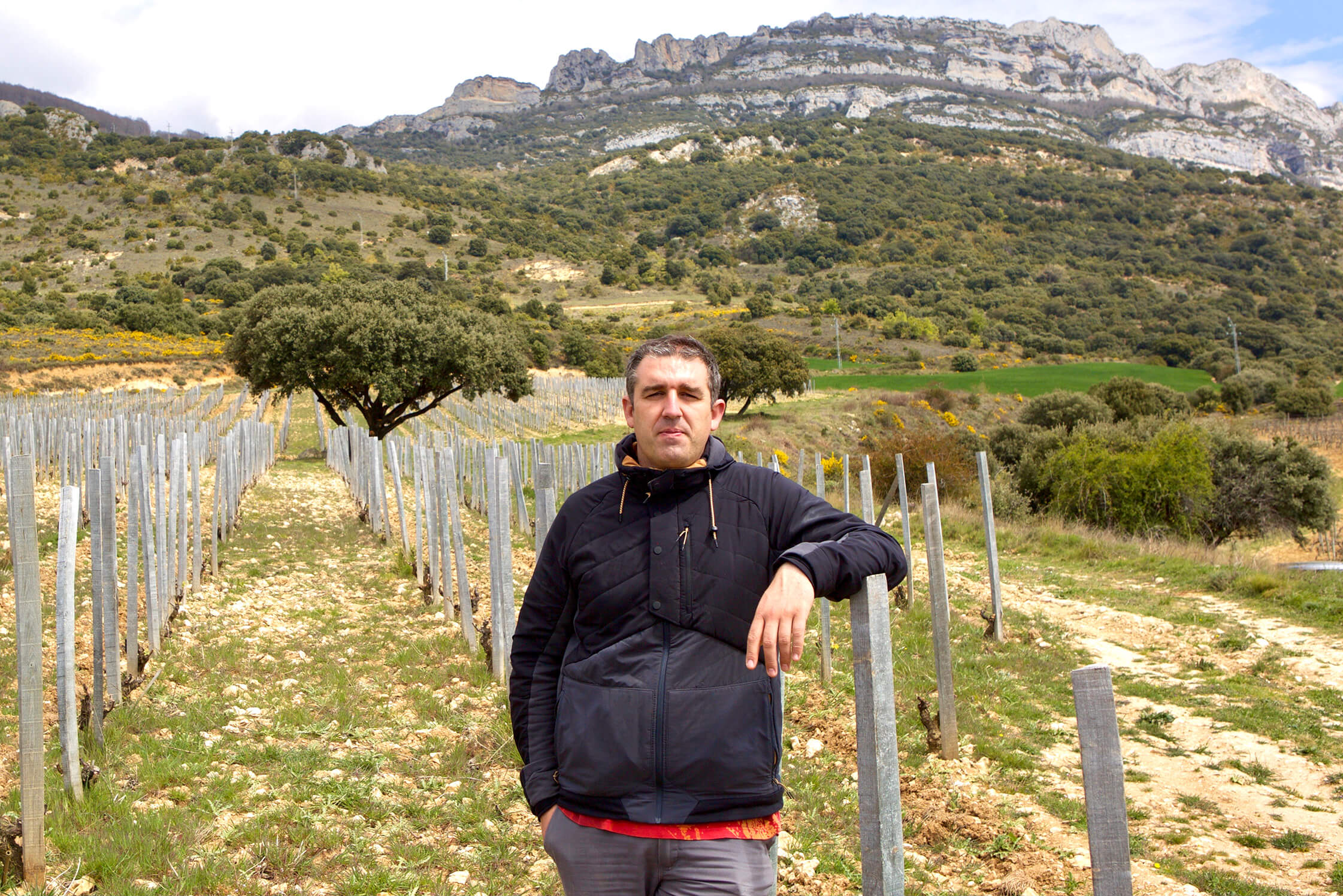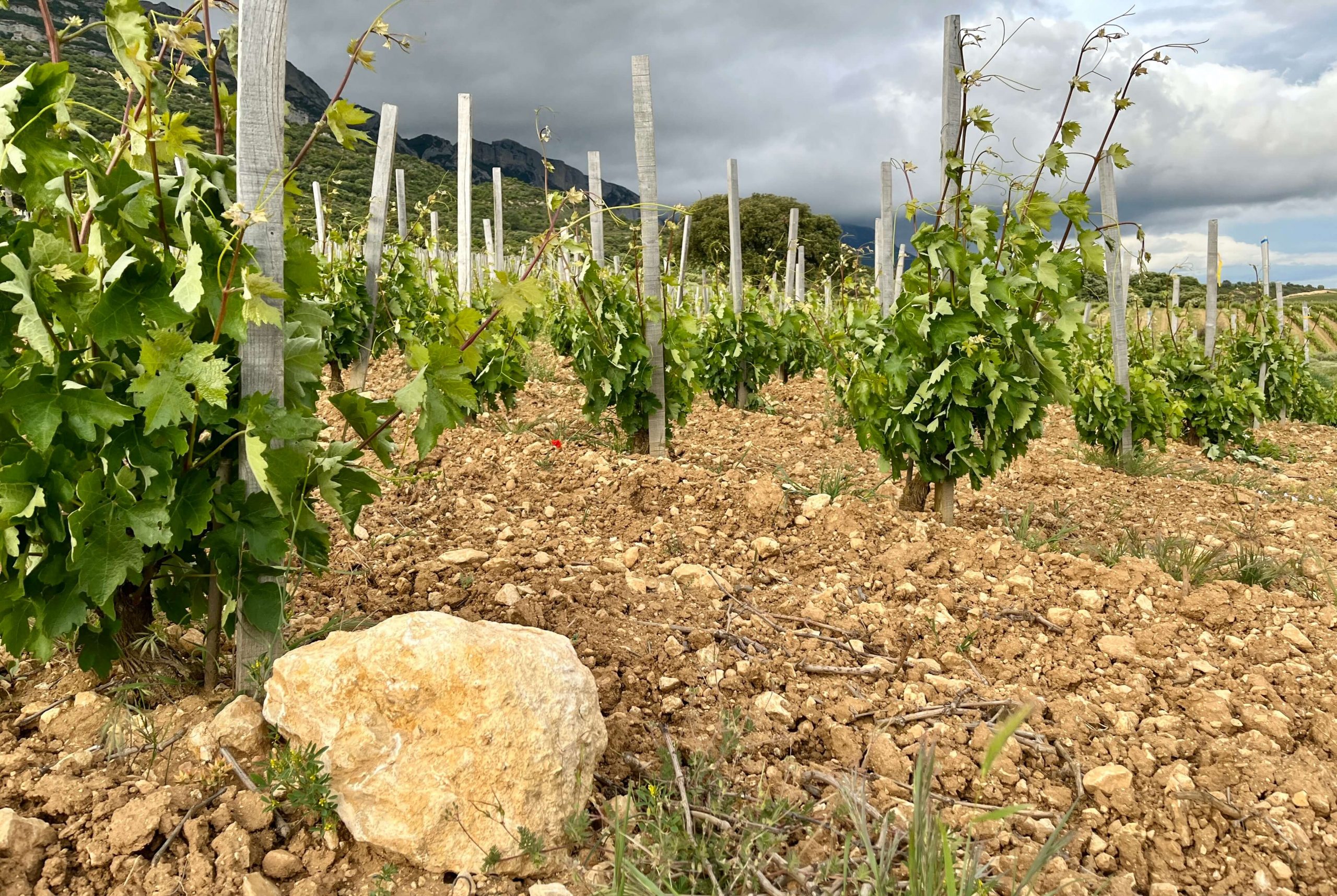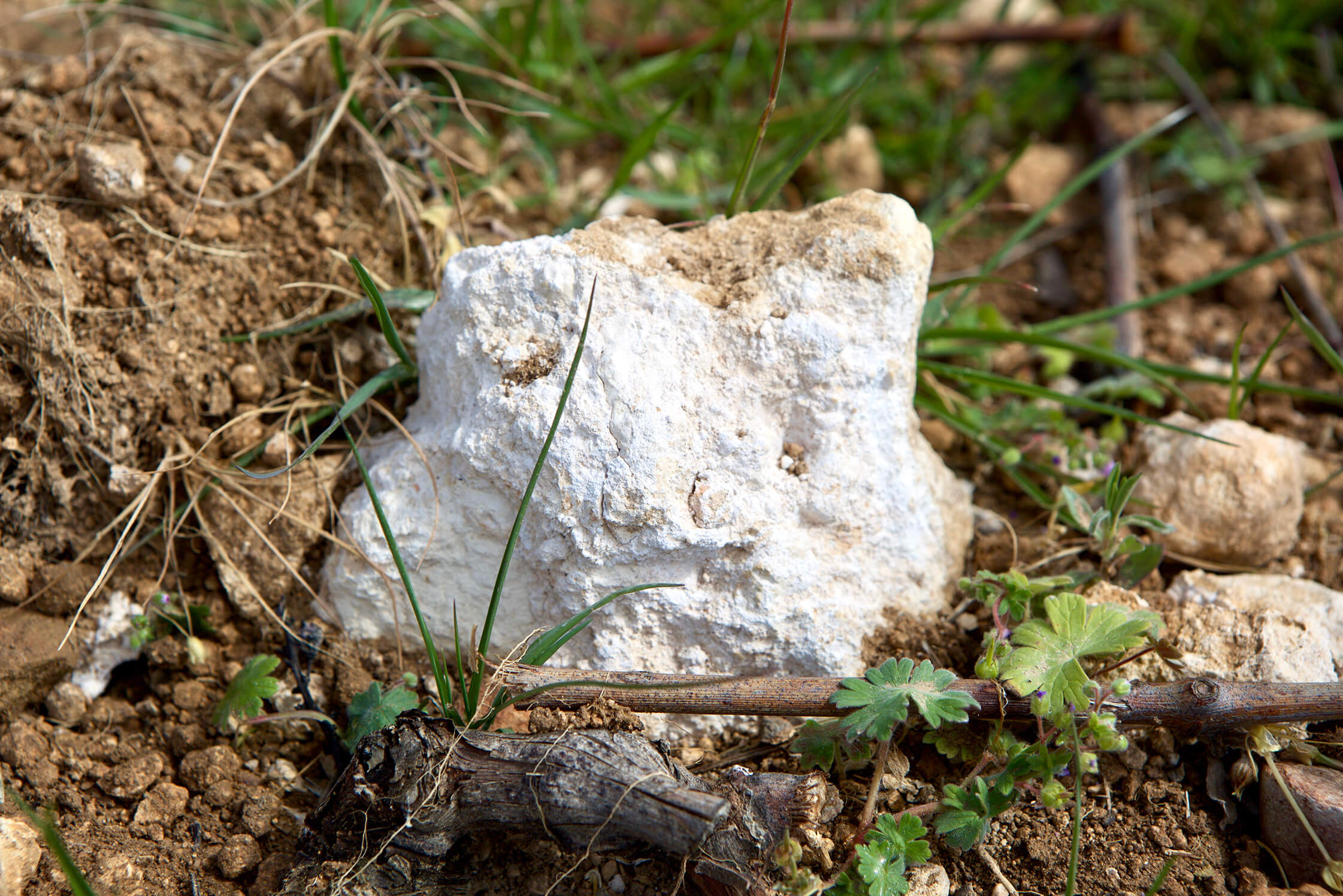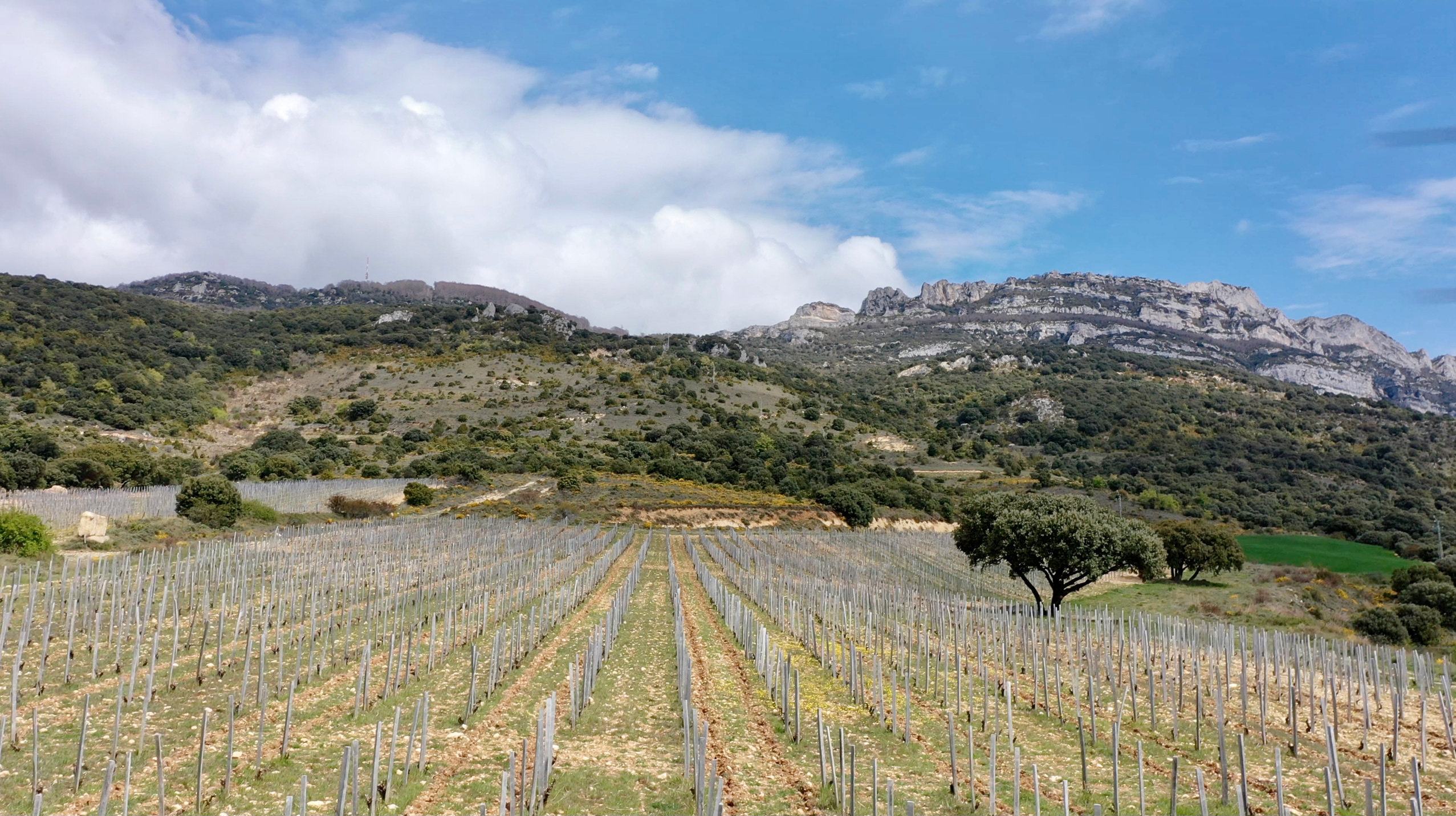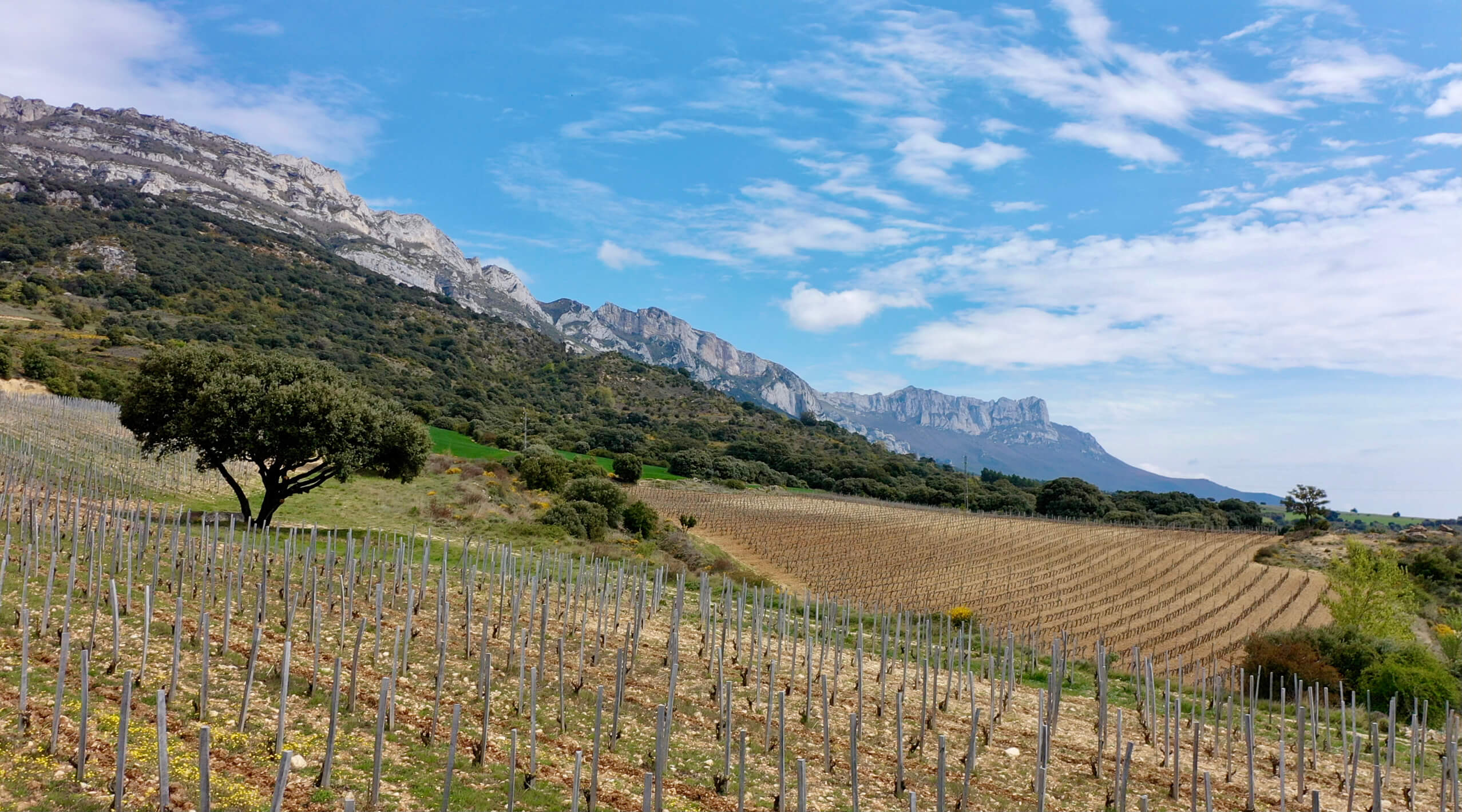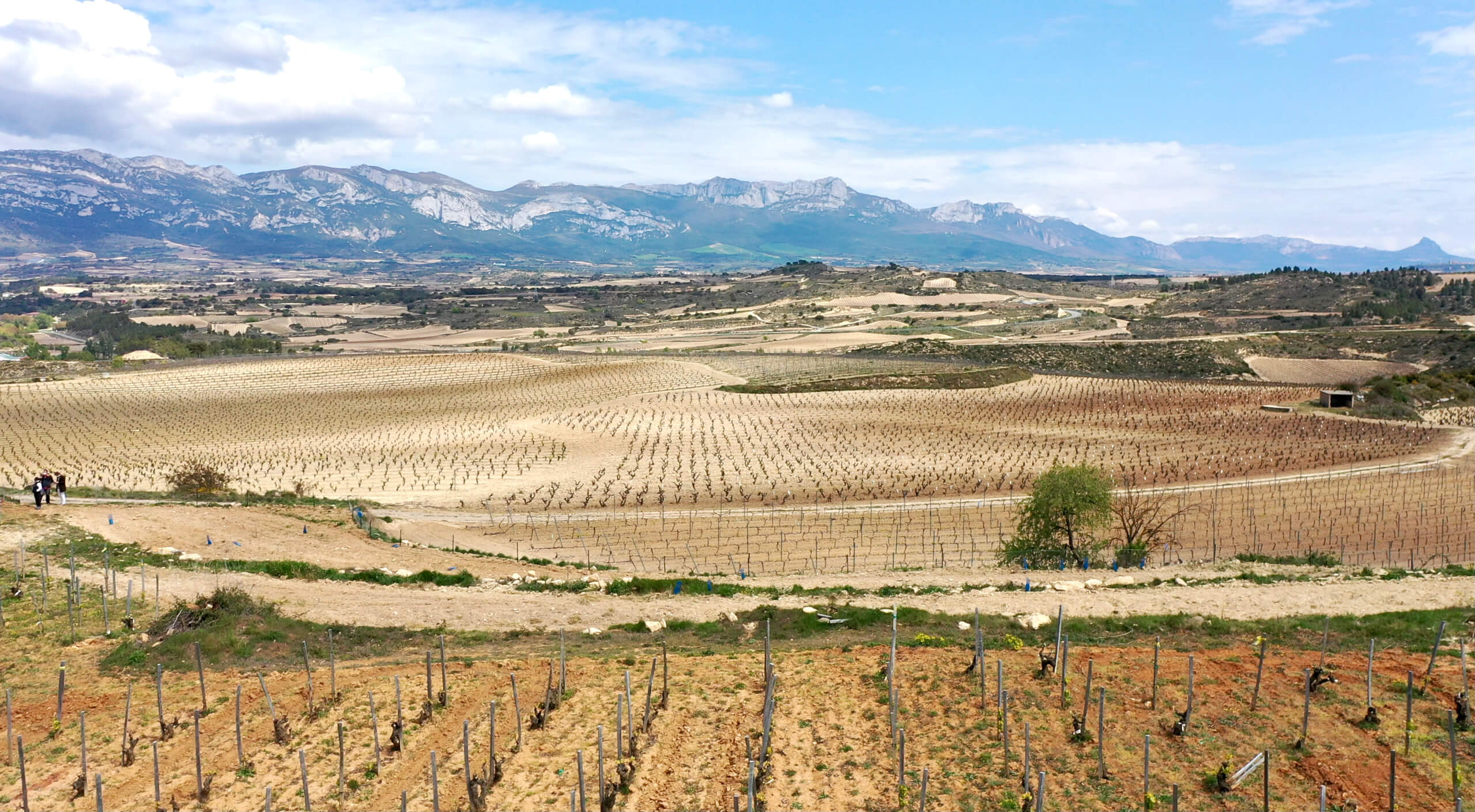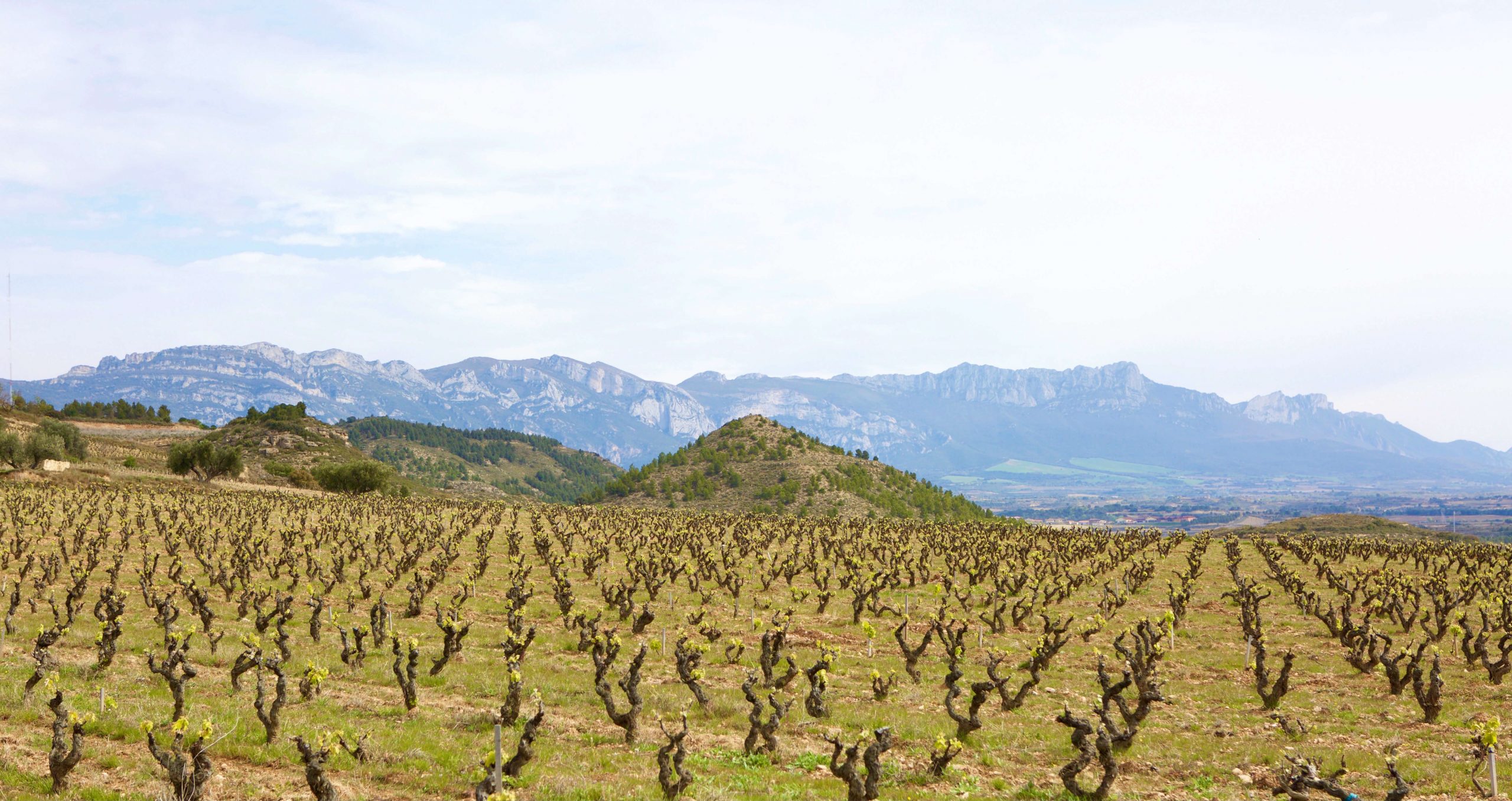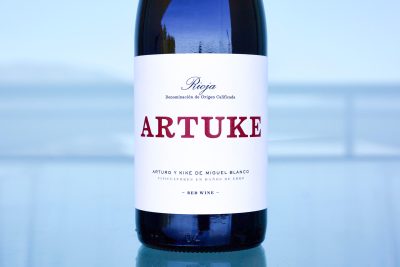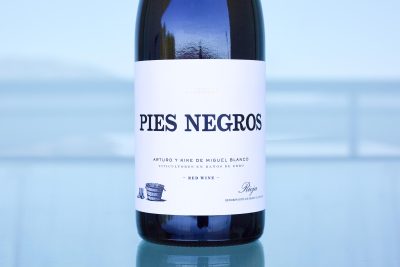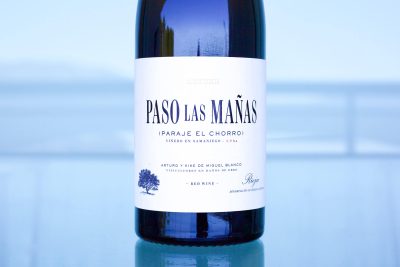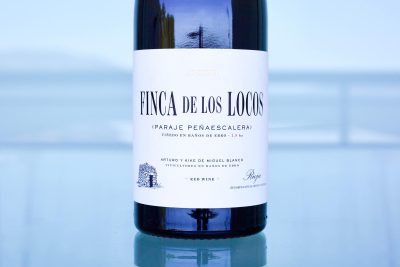Artuke
Short Summary
Full Length Story
More in-depth content will be posted soon. In the meantime, here is a short teaser:
Artuke’s Arturo Miguel is a quiet but influential leader of a new movement of young Spanish vignerons in Rioja, the country’s most historically famous region. The agenda is to bring attention back to specific terroirs and return the power to the growers themselves. He is the second generation of his family to grow and bottle their own wines since the end of the dictatorship, and when he took control of the family’s vineyards, he converted them all to organic farming. His cellar techniques are straightforward, with older barrels of different shapes and sizes that highlight the differences between the four specific vineyard wines, except for the ARTUKE bottling made with carbonic maceration, a long-standing tradition with local wines, and Pies Negros, Spanish for black feet, a reference to the foot-stomping of the grapes, which is a blend of many different parcels. All wines come from calcareous sandstone (similar in structure and mineral makeup to sandstones from Barolo and Barbaresco) with varying degrees of sand and clay.

